A Day at Angkor Wat
Voy was ready for us at 7am. We wolfed down breakfast and then headed into Angkor. It was cool and hazy, perfect for exploring wats and better than the sweltering heat tourists have to put up with at other times during the year.
The three-day pass was US$40, very expensive by Cambodian standards. They must be making a crapload of money on this place. I hope it is going to the right people and being put to good use.
The dirt road to the wat was just being paved for the first time. The first sign of mass commercialism? The drive took us past monkeys, chickens, dogs with large nipples, male workers leaning over and cutting the grass with machetes, and female workers doing their best to sweep up the scraps with brooms and sticks.
As soon as the tuk-tuk stopped in the parking lot across from Angkor Wat, we were swarmed by kids selling guidebooks, postcards, bracelets, scarves, all the usual crap.
Since we got there pretty early, there weren’t a lot of people there yet, which was great for photos. They let you bring tripods in, which is nice. Business idea: At every major attraction around the world, rent tripods to tourists at the front entrance. Tripods a pain to lug around in your baggage and around town, and if people knew they could just rent them at the attractions where they needed them most, you’d save them a lot of aggravation.
After walking through a gate, Angkor Wat revealed itself to us. Familiar with iconic photos of the structure, I was able to figure out exactly where people were standing when they got those shots. I begin snapping some of my own. I was disappointed to see scaffolding on top of Angkor Wat, but after taking another look and some older photos, it looks like that scaffolding has been there for years.
Angkor Wat has a certain beauty to it, for sure. The architecture is impressive, but it’s the intricate details like decorated columns and carved Buddha images that make you stop and look. The ruins reminded me a lot of Peru’s Machu Picchu, although these are a little bit older. The stonework is old, worn (especially on the spots where people frequently step), and covered with lichen.
And it’s massive. It took us several hours to walk around the whole thing. Of course, much of that time was spent waiting for tourists to get out of the way so I could snap my photos.
The exit to the left of the wat took you past perhaps the most aggressive souvenir hawkers we’d seen the whole trip. More of the same crap.
“Hello, sir! Look, sir! Cold drink for you!” the mothers would call from their stands, while their cute but annoying kids ran over and danced around us, shoving t-shirts and bracelets and carved elephants and guide books in our faces.
“Sir, you buy now!”
“No, thanks.”
“OK, you buy from me.”
“No, thanks.”
“Good price for you, sir.”
“No, thanks.”
“Discount for you!”
“No, thanks.”
“Look, sir. Good book for you.”
“No, thanks.”
“Look, sir. Scarf for you. Get scarf for girlfriend.”
“No, thanks.”
If you keep walking, the kids fall off one by one, but they are replaced by new kids offering the exact same stuff and saying the exact same things as the kids before. It’s absurd.
Some of these kids are pretty smart. Some of pull your heartstrings by being cute and saying they have not had a sale all day. Others will ask for your name and then remember you minutes or hours later in an attempt to make the sale a bit more personal. Still others will ask you where you’re from and say that you must buy something from them if they can name your country’s capital. I thought I had one girl when I told her I was from Czechoslovakia, but she was quick with a response.
“If I tell you capital of Czech Republic or Slovakia, will you buy something from me?”
If you catch their interest and distract them from selling for just a moment, they are actually quite capable of conversation and humor. But they are not deterred for long.
The good thing is that I don’t think they’re allowed to come inside the wats. Some of them push it, but they stay out for the most part. It’s the walk to the wat and back to the tuk-tuk when you’re caught in the crossfire. Ignoring them is really the only way to deal with them, but pointing my camera at them is sometimes an effective repellent.
I was surprised to learn that Angkor is filled with many wats, each with similar stonework, repeated floor plans, and narrow steps that force you to go up or down slowly and with your feet sideways. In Voy’s tuk-tuk, we started knocking them off our list. He’d drop us off, and we’d get out, zip past the swarming souvenir kids, walk past the band of land mine victims playing music with their traditional Khmer instruments, hop around the wat, take some photos, walk past the band of land mine victims playing music with their traditional Khmer instruments, zip past the swarming souvenir kids, get back into the tuk-tuk, and go to the next one.
Along with the classic beauty of Angkor Wat, the architecture of Bayon and the twisted roots covering Ta Prohm were my favorites.
I am taking a veritable crapload of photos. When we stopped for lunch, I realized that my camera’s memory cards were almost full and both of my rechargeable camera batteries were dead. This required a trip out of Angkor and back to the guest house to empty my cards and charge up my batteries. Bit of an inconvenience, but a necessary one. I’m not going to look at all these beautiful wats if I can’t photograph them. And I don’t think I’m the only one who feels that way. Lots of guys are walking around with cameras and lenses that put mine to shame. My D300 is having feelings of inadequacy.
After a few more wats, we joined hordes of other tourists atop Phnom Bakheng for the sunset. Like the night before, the sun glowed red and then disappeared into the haze before touching the horizon. I am beginning to realize the haze is more like smog and that there’s actually a pretty bad air pollution problem here.
We called it a day and headed back to the guest house to clean up. Then, off to Pub Street for dinner and drinks. And that’s where we are now.
Doug and I are sitting at a restaurant called Le Tigre de Papier. It’s one of many on Pub Street here in Siem Reap that offer free wifi with a meal. Just ordered penne al salmone, and we are sipping (in a manly way) the best pina coladas we’ve had all trip. So surreal that I am sitting outside at a restaurant in Cambodia with my laptop and I am online.
I’m feeling a bit under the weather today. Some kind of throat/nose thing. Malaria? Dengue fever? Too much rice? Air pollution? Maybe a good night’s sleep will help.


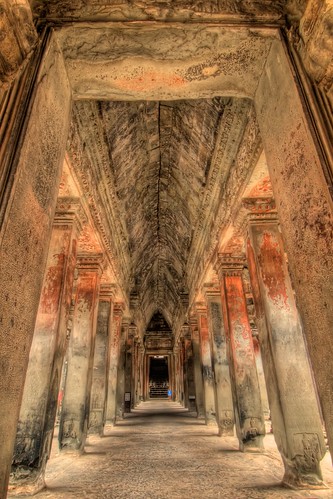
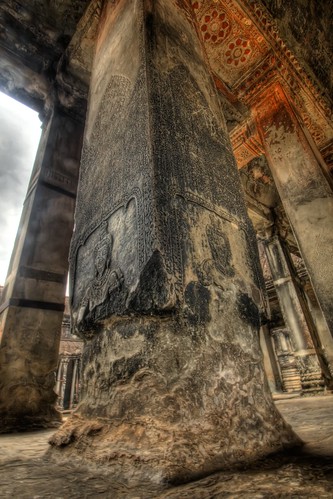
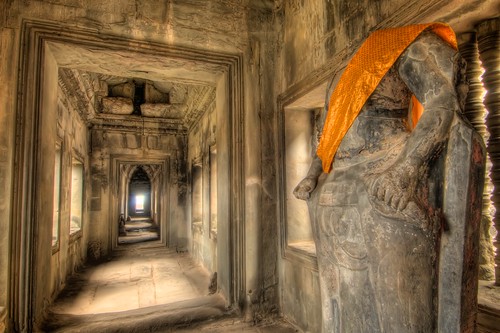
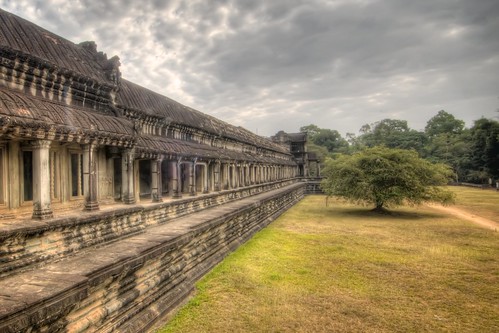
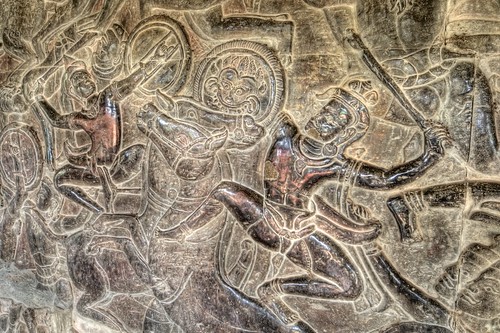
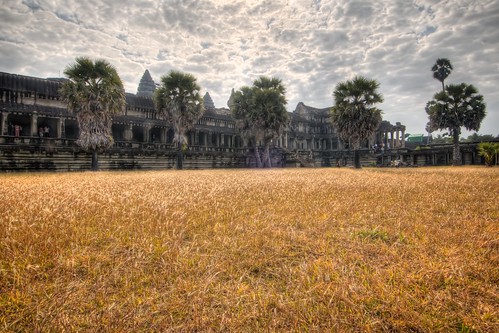
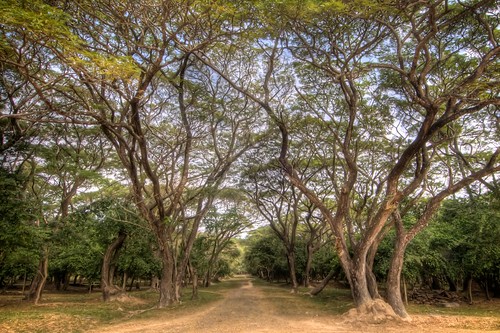
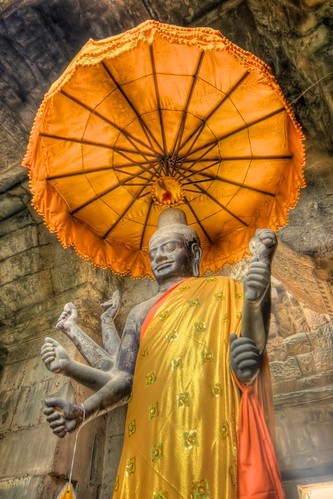
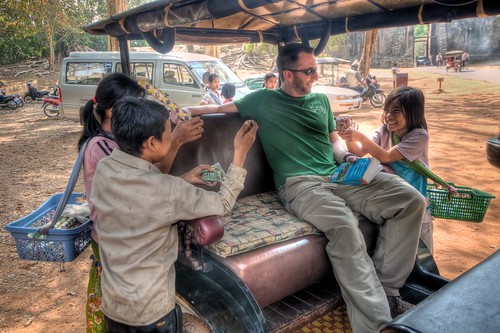
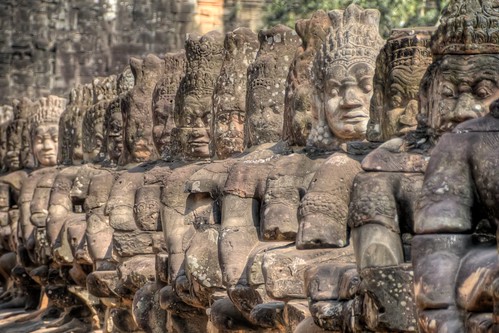
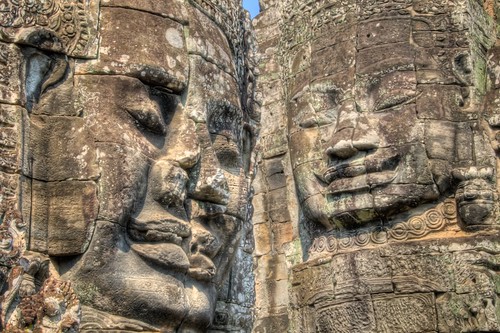
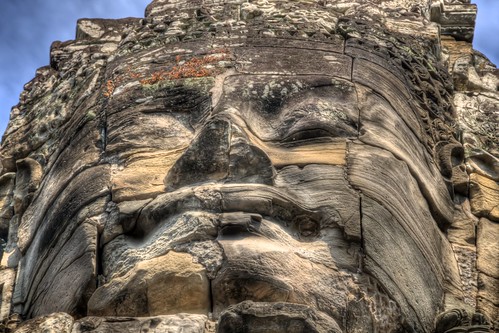


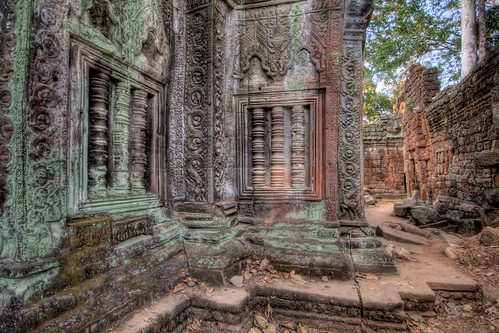
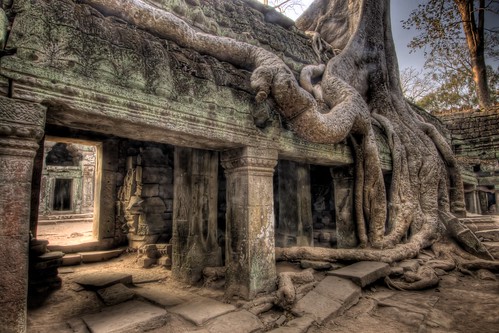
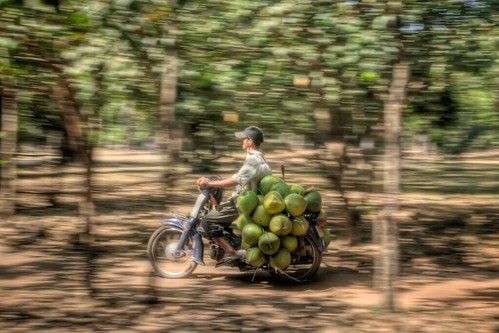
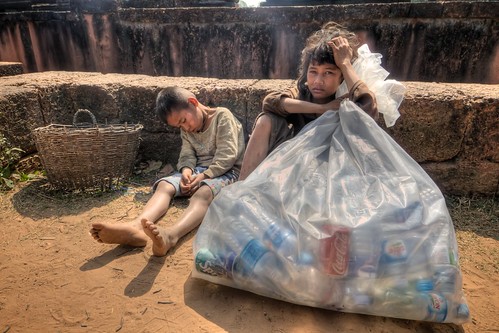
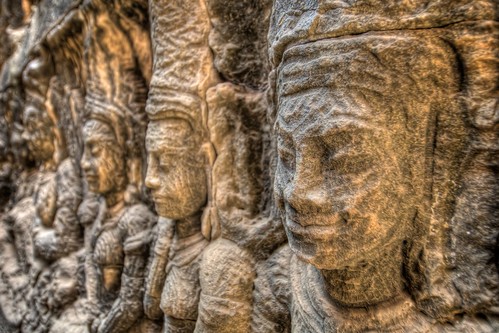
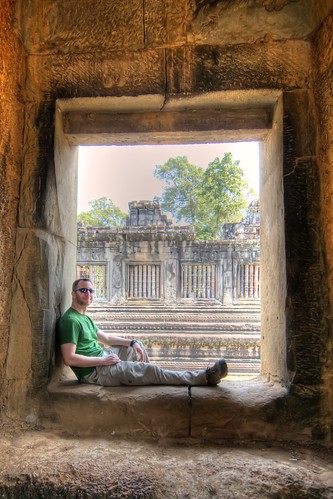
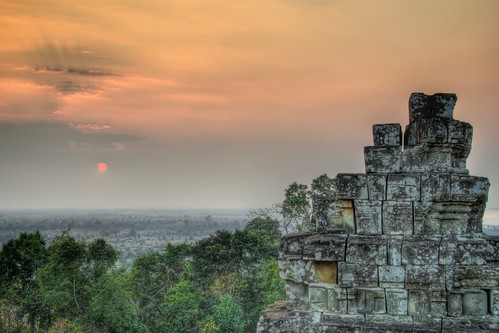
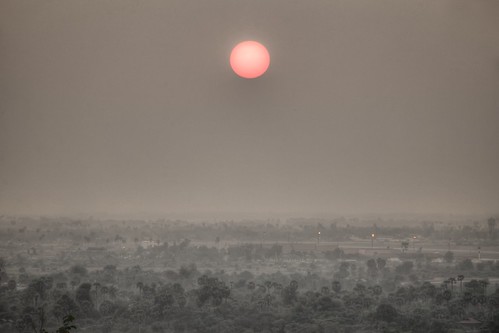
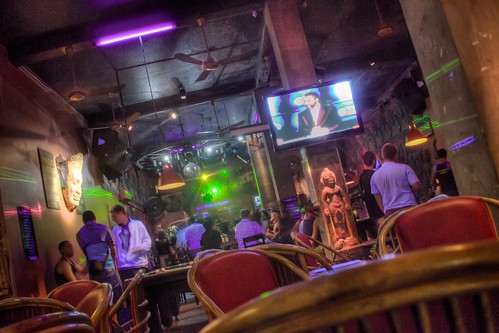
 My name is Jeff. I'm a
My name is Jeff. I'm a
3 Responses to “A Day at Angkor Wat”
January 15th, 2009 at 3:04 pm
Awesome. When are you posting the pics?
January 17th, 2009 at 12:48 pm
After I get home. Just haven’t had any time to do all that… Doug estimates I took 20,000 pictures this trip.
February 8th, 2009 at 11:56 am
Hey Jeff
Fabulous blog.
Loved your take on the the child vendors. Unlike you, we capitulated to their charms. Ended up adding to our (already bloated) collection of pirated Lonely Planet guidebooks…
We were there at the height of the hot season. Be thankful you weren’t. I thought that the reason the temples didn’t seem so crowded was because the site was so vast, but in hindsight I think it was maybe because I stunk so bad, I scattered the crowds. Which would be saying something in Asia.
Got sick there too. Decided to chance it at one of the vendors on site and ordered a noodle dish. Low probability of getting sick I thought- it’s a tourist site after all. Well within twenty minute I was making a beeline for the forest, where I found one of the lesser temples, hid behind it , and built shall I say a temple of my own.
Ahh, see how your blog has stirred up such wonderful memories. And I think my stomach too!
On that subject gotta go. Look forward to your pics and enjoyed your blog
Eric